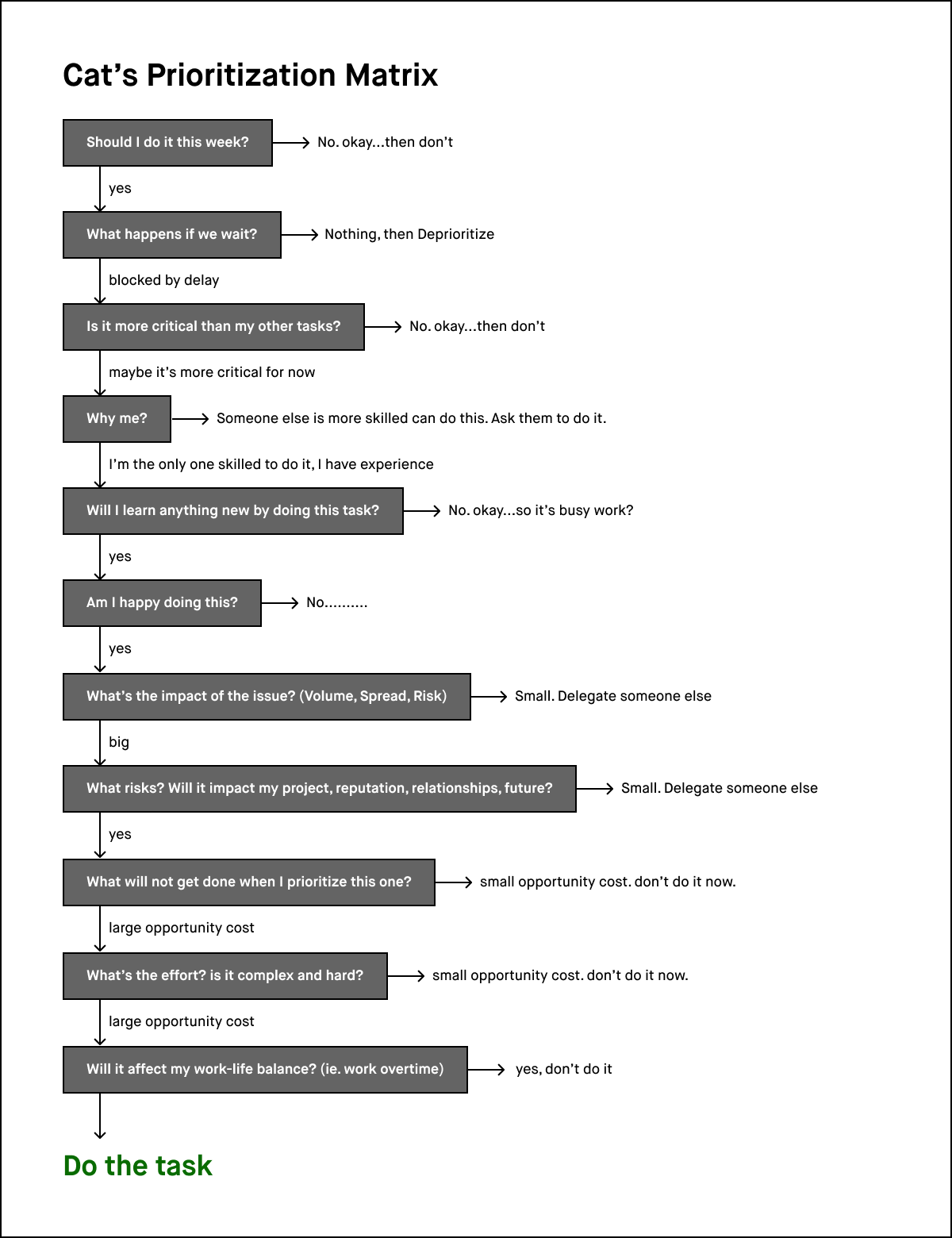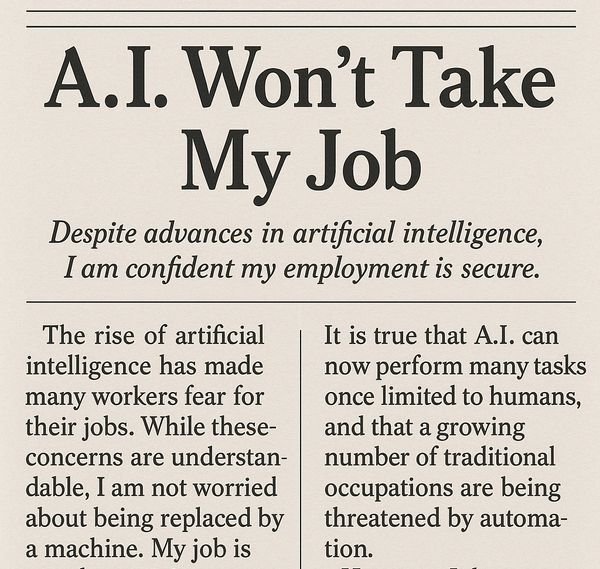Time management start with "NO"
Say No more often.

I was awarded August's 1% (out of 15K) Super Mentor and Top 10 Female Mentor on ADP for User Experience. Year-to-date, I've conducted 2,465 hours (~3.3 months), dedicating a quarter of the year to helping others. Mentoring others brought me back to life by filling my empty heart with purpose. I will have to be attentive not to get burned out from giving so much :).
The past week, our workload and roadmap have been experiencing thrash. The overload of requests, low quality, bypassing process for speed, and lack of ownership to resolve alignment have been ongoing. It's been challenging with limited resources and headcount to deliver more with less.
In my career, I always took pride in saying "Yes" to everything. I worked faster, and longer, and took pride in turning things around quickly. I was known as the person who executed efficiently.
It was a long road to grow, I credit Nick Keppol for teaching me.
- Took 2 years to balance between speed vs quality
- Took 2 years to balance between broad vs depth
- Took 3 years to develop vertical expertise in systems thinking
After 9.5 years (present-day), I can articulate a decision tree. Hope you find it useful and share your strategies, if you know better.
Philosophy
- Saying No is saying Yes to something else.
- Saying No to people is hard, so rip off the band-aid and say it quickly.
- Delay your decision to say "Yes" and buy time to think "Why should I say yes?"
- Your internal bar for saying "Yes" incrementally gets higher.
- You can articulate a good reasoning for your choice.

Time Utilization
I split my week up into 4 buckets into these categories.
- High Investment (~30 hours, 80%)
- Medium Investment (~8 hours, 15%)
- Low Investment (~4 hours, 5%)
- Backlog (0%)
From testing these patterns out for 2 years, getting "10" things done a week is unreasonable because it leads to 1) low quality or 2) burnout. 10 items a week is equivalent to completing 2 tasks a day without alignment, and revision.
My typical pattern A:
- 2 High
- 2-3 Medium
- 2-3 Low
My typical pattern B:
- 3 High
- 0 Medium
- 3 Low
The variance is between High and Medium, where I focus on 2-3 High-investment projects and fill the rest with low-cognitive tasks. My low investment baseline is at ~3 a week with very little change.
No one said it better than Steve Jobs:
People think focus means saying yes to the thing you’ve got to focus on. But that’s not what it means at all. It means saying no to the hundred other good ideas that there are. You have to pick carefully. I’m actually as proud of the things we haven’t done as the things I have done. Innovation is saying ‘no’ to 1,000 things.

Have a great week ahead,






